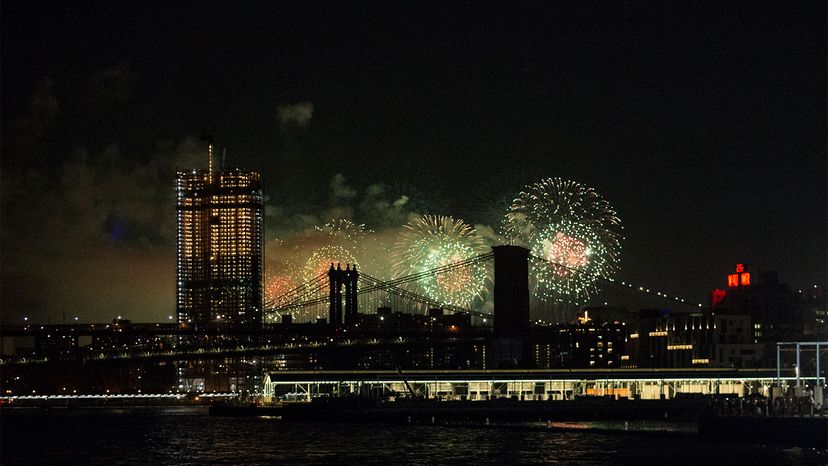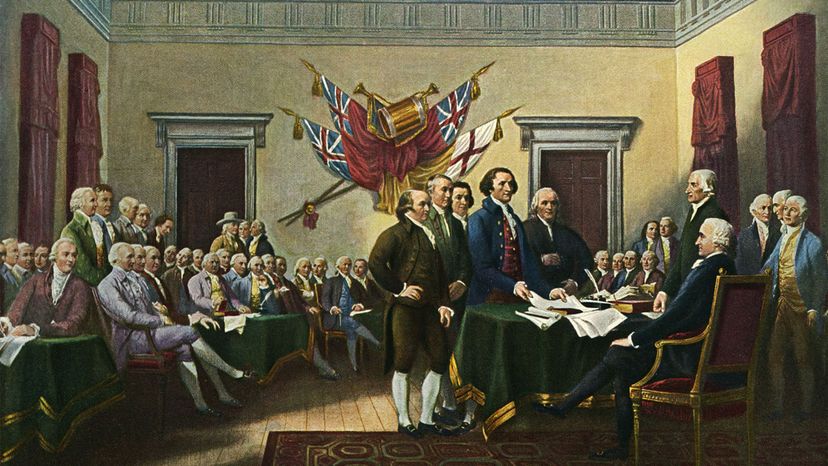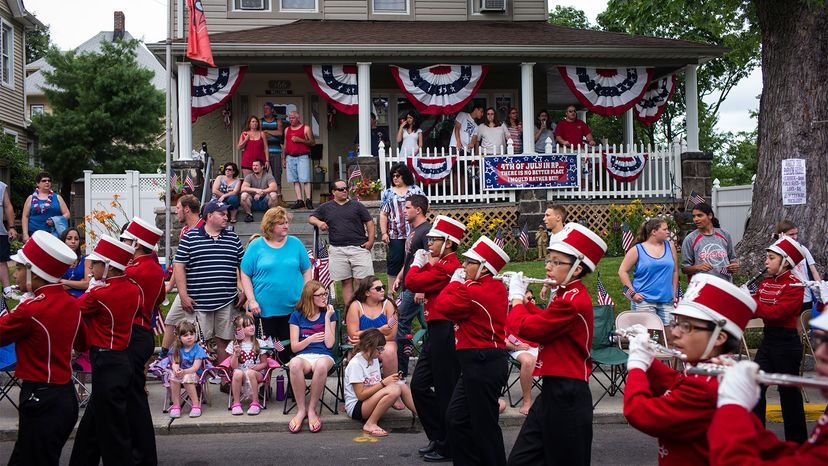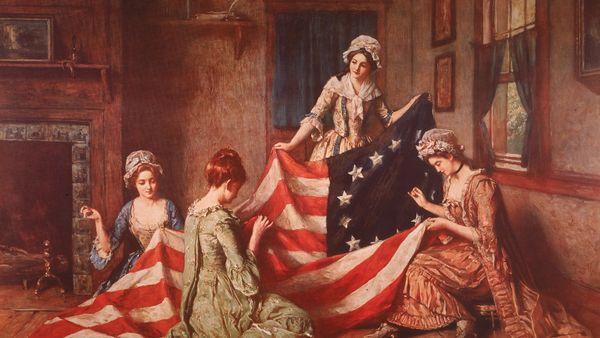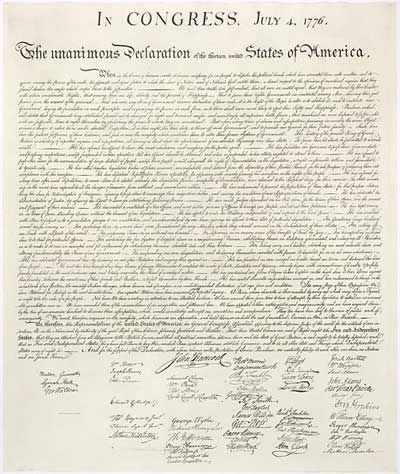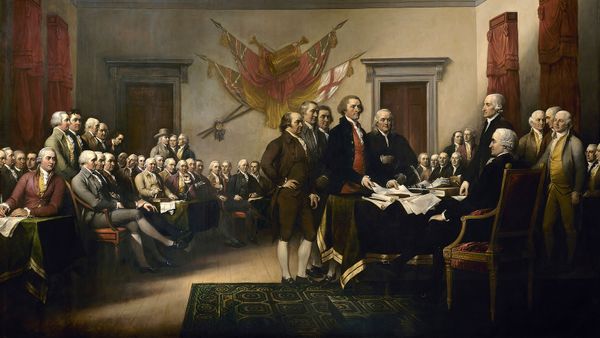Calvin Coolidge is the only U.S. president who was born on the Fourth of July. Born on July 4, 1872, in tiny Plymouth Notch, Vermont, Coolidge was serving as vice president when President Warren G. Harding died suddenly on Aug. 3, 1923.
Two other famous contributors to American culture were born on that day too. Stephen Foster, known as the "father of American music," was born on July 4, 1826, the same day that Thomas Jefferson and John Adams keeled over on the 50th anniversary of the Declaration of Independence. Foster is famous for American folk classics like "Oh! Susanna" and "Old Folks at Home (Swanee River)."
Nathaniel Hawthorne, author of "The Scarlet Letter," was born on July 4, 1804, in Salem, Massachusetts, where his great-great-grandfather played a sinister role in the town's infamous witch trials.
More recently, Malia Obama was born on July 4, 1998.
